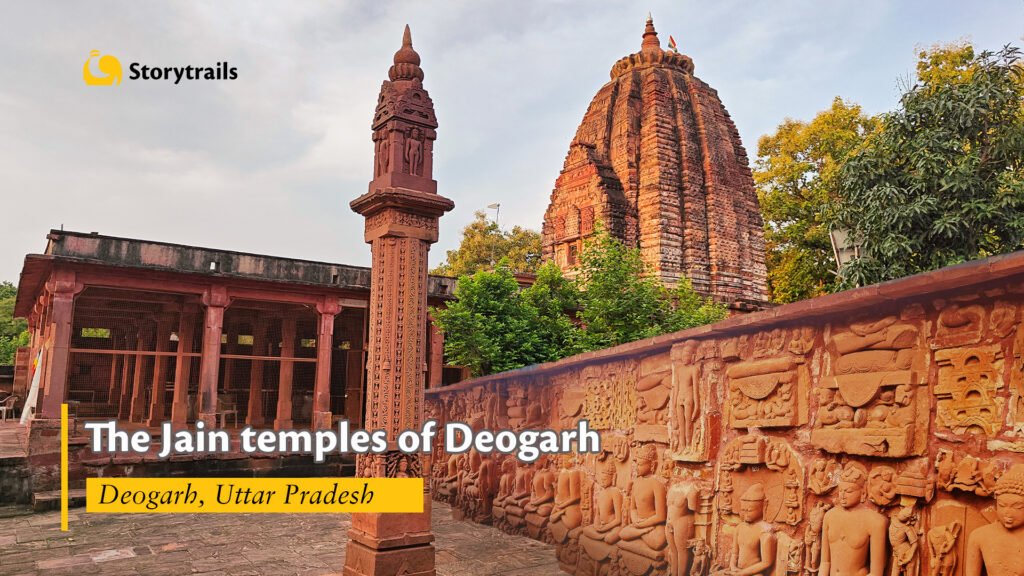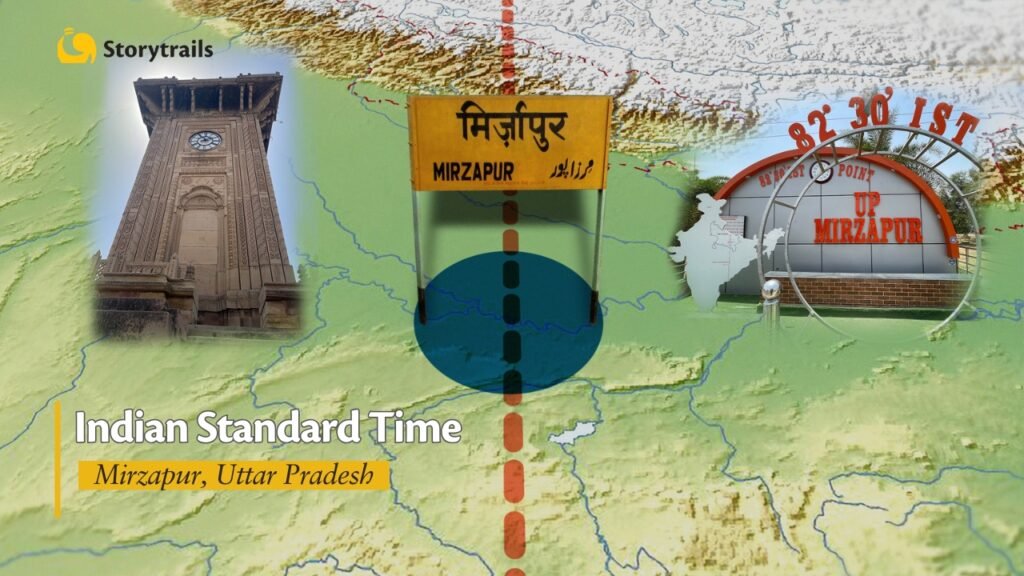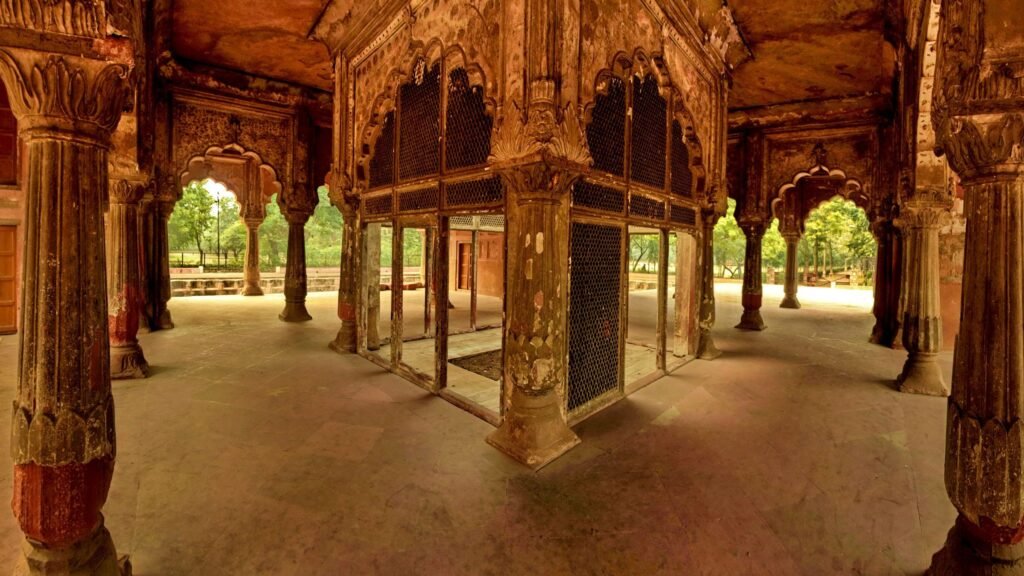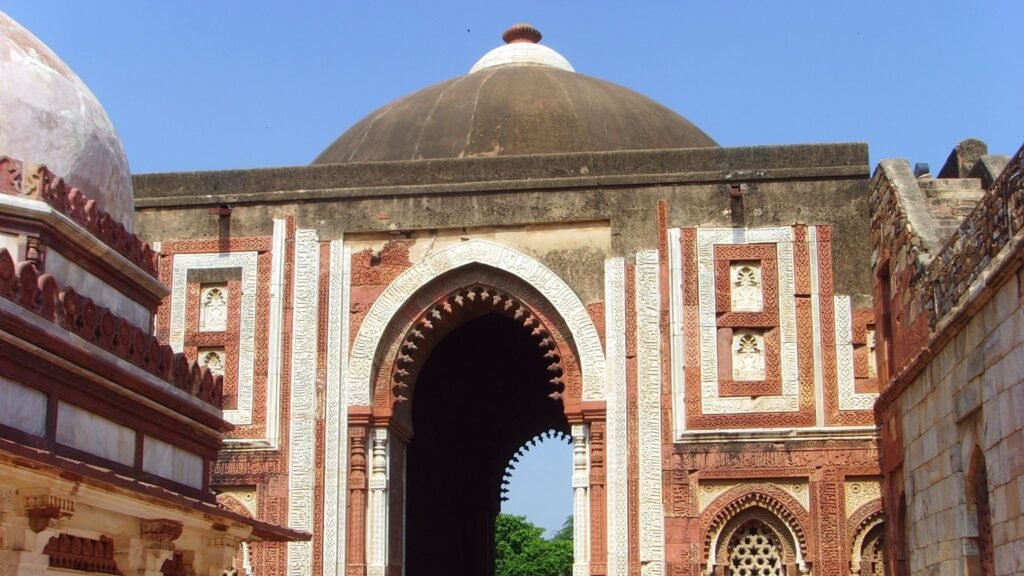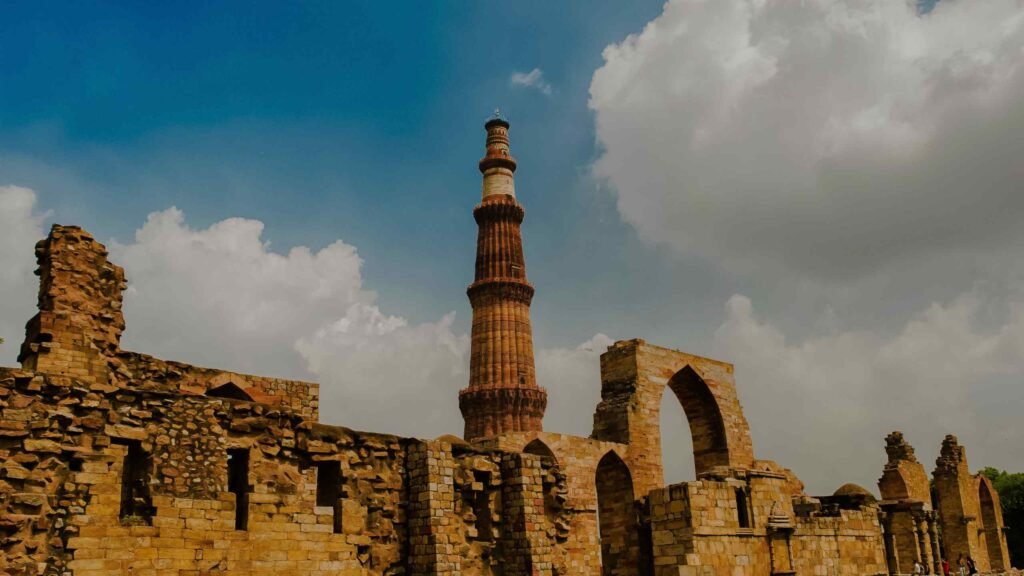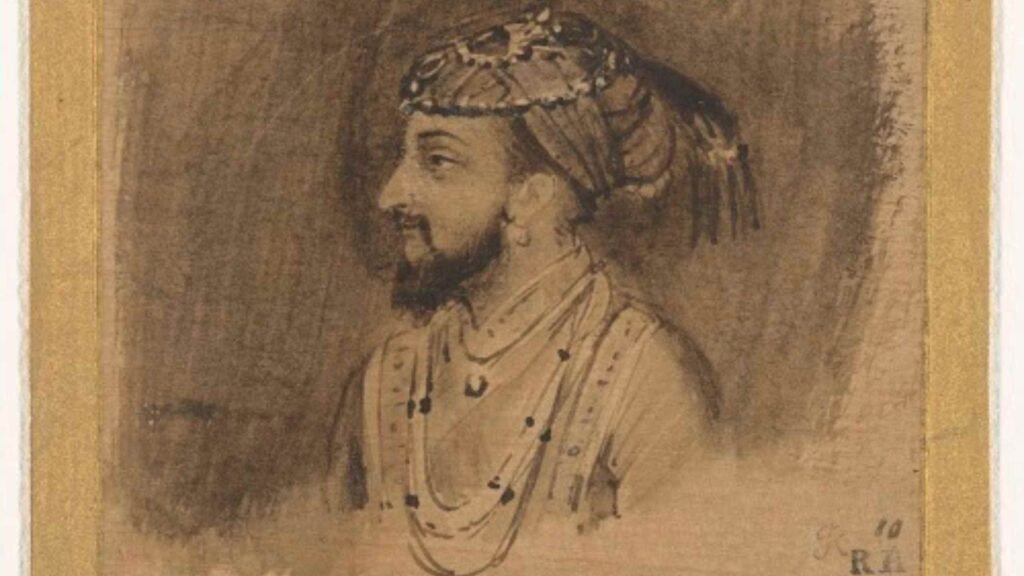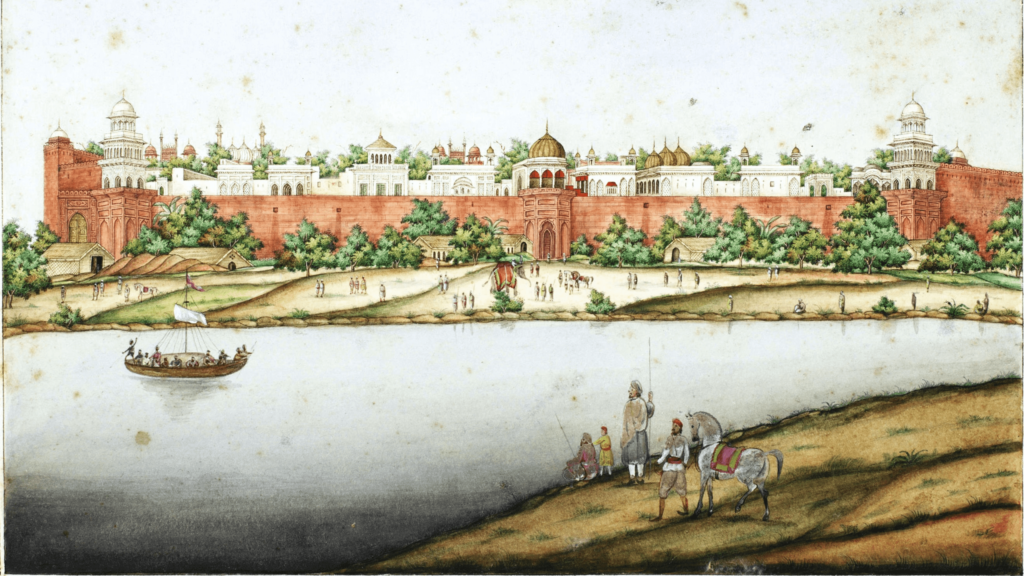Everyone knows the story of The Taj Mahal – How the opulent mausoleum was built by Emperor Shah Jahan for his favored wife Mumtaz Mahal. This monument is now a symbol of everlasting love. Considered one of the seven wonders of the modern world, millions of visitors from around the world throng to see it. While there is no equal to this edifice of romance, there are some very beautiful, but lesser known, monuments inspired by the Taj.
Detour: Did you know that behind the beautiful facade of the Taj lie many blood curdling stories? Watch this short video for the story of the Mughal succession battles: The triumphs and tragedies of Shah Jahan
Just like the Taj, the Bibi Ka Maqbara, or the Tomb of the Lady in Aurangabad is built in memory of a queen. The Bibi ka Maqbara sits on the banks of the Kham river and is also known as the Taj of the Deccan. It was commissioned by Aurangzeb and built in memory of his favourite wife, Dilras Banu, who was from the royal family of Iran. Just like Mumtaz Mahal, she too died in childbirth. Both Aurangzeb and his eldest son Azam Shah were grief stricken. Once they were able to overcome their grief, Aurangzeb decided to build a memorial for his beloved wife.
The architect for this structure, Attaullah Rashidi, was the son of the man who had built the Taj, Ustad Ahmad Lahori. Lahori had taught Attaullah well, and made him an excellent architect. And this pair of father-and-son architects worked for father-and-son emperors – Shah Jahan and Aurangazeb. Shahjahan was a lavish patron of art and so Ahmad Lahori had a nearly unlimited budget. The Taj cost a whopping Rs 320 lakhs and was completed in the year 1648. Aurangzeb, by contrast, was austere and no great patron of art. Ataullah was allotted a mere Rs 7 lakhs for creating the Bibi ka Maqbara. Ataullah stuck to his budget. The construction cost was contained within Rs 6.6 lakhs and the monument was completed in the year 1668, 20 years after the Taj.
A result of the financial crunch was that the Bibi Ka Maqbara looks like a shrunken version of the Taj. The monument is very similar in design to the Taj but wears an air of stark simplicity. Perhaps that’s also the reason why it is known as the Mini Taj! Though separated by time, scale, cost and distance, both the structures are symbols of love and loss, immortalising the powerful queens of the Mughal dynasty.

The tomb of I’timād-ud-Daulah or the Baby Taj as it is popularly known is actually cited as the inspiration for the Taj Mahal. Completed in the year 1628, some 20 years before the Taj, this monument was commissioned by the Empress Nur Jahan as a mausoleum for her parents. Mirzā Ghiyās Beg, was the prime minister in Jahangir’s court. He belonged to a noble family of Tehran, but had to flee from his homeland. He reached India and found a position in Akbar’s court. His astuteness led to a swift rise in ranks. He soon came to be known as “I’timād-ud-Daulah,” or Pillar of the State. His daughter Meherunissa, later known as Nur Jehan, married Akbar’s son, Jahangir. Soon the father – daughter duo were the real power behind the throne!
Located in Agra, on the banks of Yamuna, the Baby Taj is, in many ways, a turning point in Mughal architecture. Most of the monuments till then were built out of the red sandstone and would feature marble decorations. But this monument was built in white marble and for the first time, the pietra – dura inlay or pachinkari technique was used. The pietra – dura is a decorative art technique where cut and polished stones are used to create images or designs. This monument displays many semi precious stones on its walls. As in any Mughal monument, symmetry in the structure was considered most important, and the only asymmetrical element is the placement of the tombs.

The Red Taj built in 1803, is a lesser known structure tucked away in a Christian cemetery in Agra. It is made out of sandstone and is a very simplified version of the Taj design. However, it has nothing to do with the Mughals. The person interred in the tomb is a European. Unlike the Taj, here, it was the wife who built this monument for her husband. It is the tomb of a Dutch soldier and trader, John William Hessing. John Hessing, a native of Holland, came to Ceylon (modern SriLanka) when he was seventeen. He joined the Dutch East India Company and participated in many wars and skirmishes throughout his career. He served under the Nizam of Hyderabad and then under the Marathas. He died while defending the Agra fort in service of the Scindia Marathas. The mausoleum was commissioned by his wife and is very modest with no marble or decorative works. The entrance, however, features a beautiful Persian inscription of his epitaph and a chronogram. The epitaph expresses his wife’s grief and the chronogram records the year of his death. The Red Taj is a fitting tomb for a unique European who died fighting the British for the Marathas!

The Mahabat Maqbara is another striking edifice dedicated to the Nawab of erstwhile Junagarh State, Mahabat Khan II. Completed in the year 1892, the winding staircases and the onion domes lend the structure a dash of intrigue and make it look like an intricate version of the Taj!
The Junagarh State was established in the 18th century and has since then had Islamic and European rulers. These multiple influences are reflected in this structure which is a baffling mashup of Indo-Islamic, Gothic and European styles of architecture.

While these lesser known monuments don’t draw crowds like the famous Taj Mahal does, each of these tombs has an equally beautiful story behind its construction and they are all monuments worth visiting.
